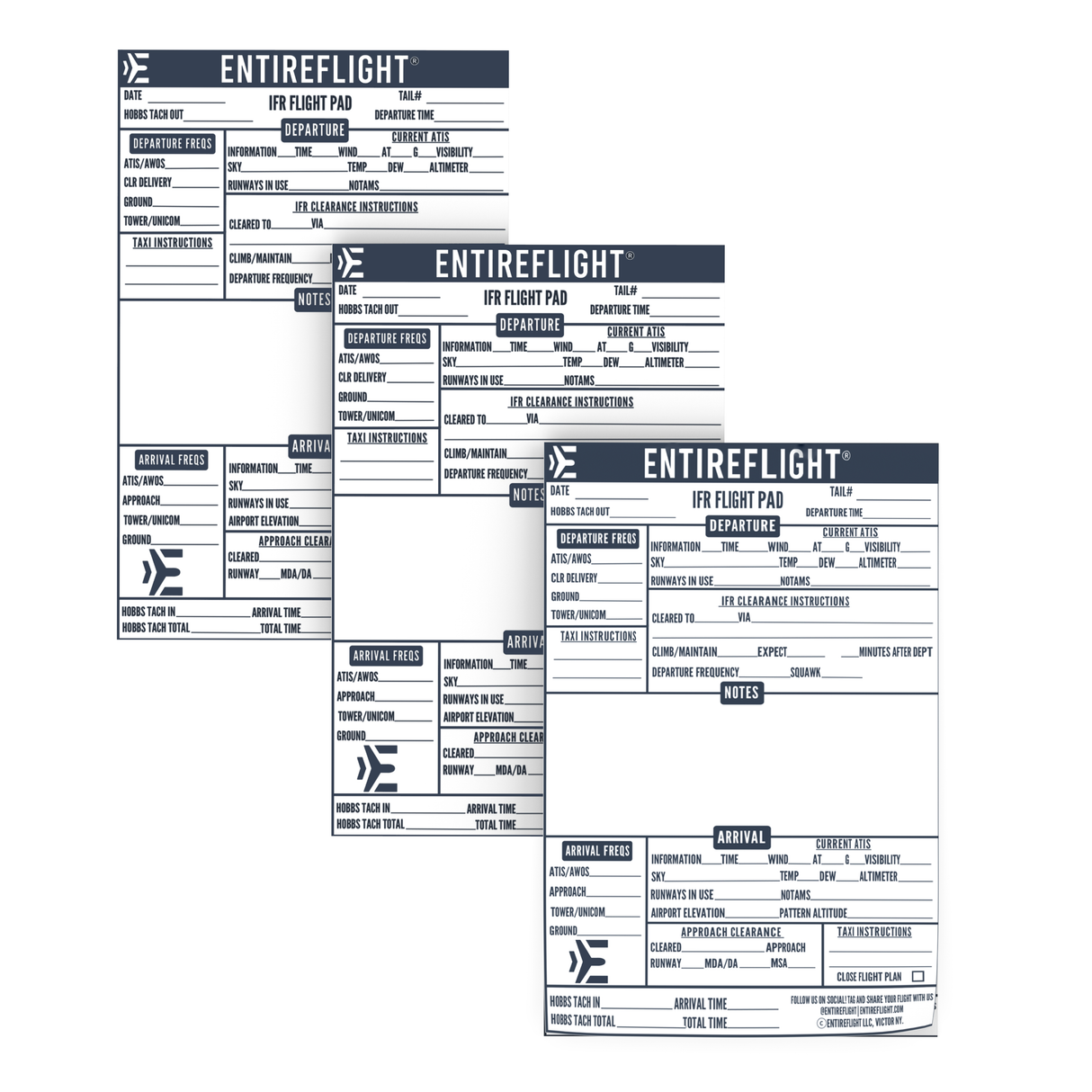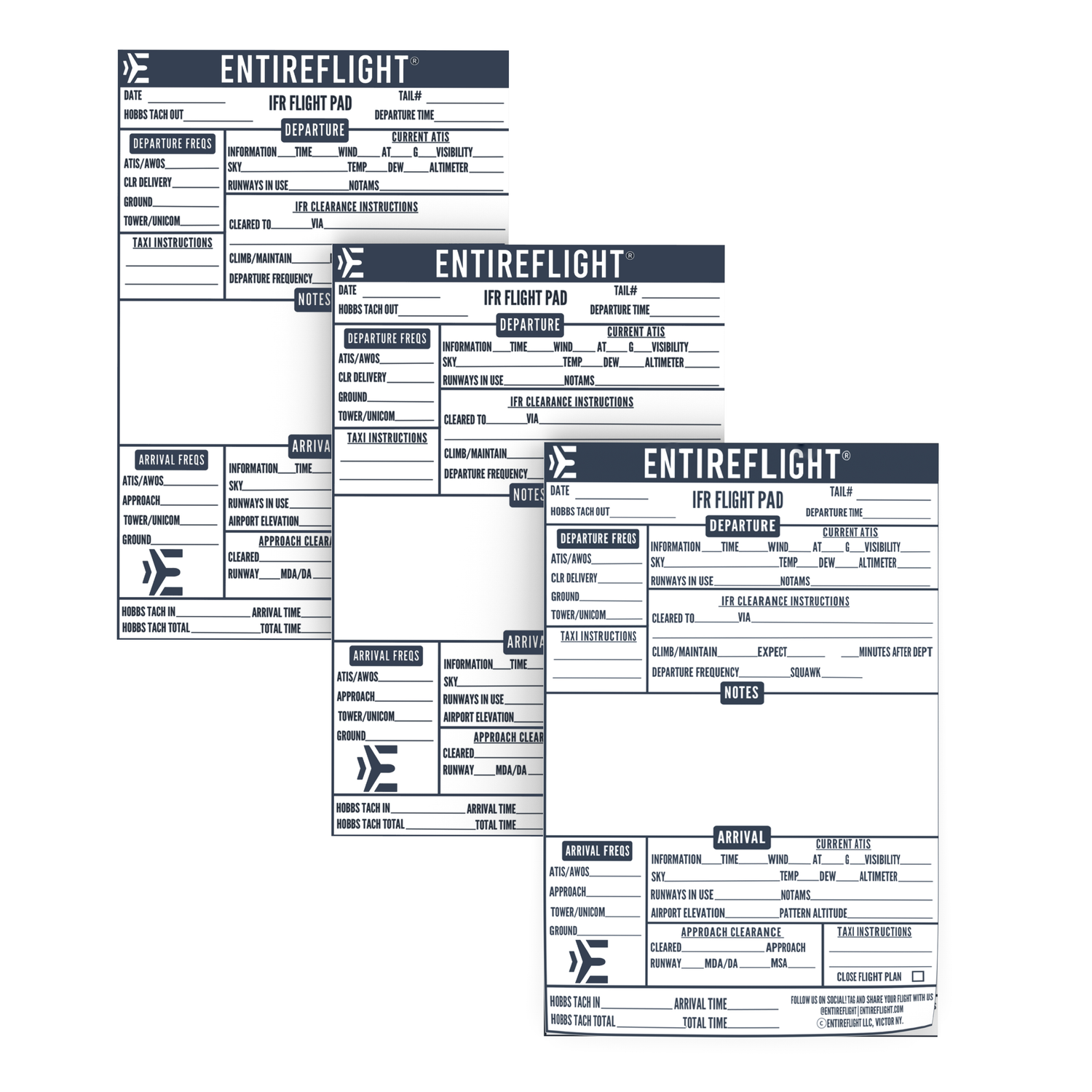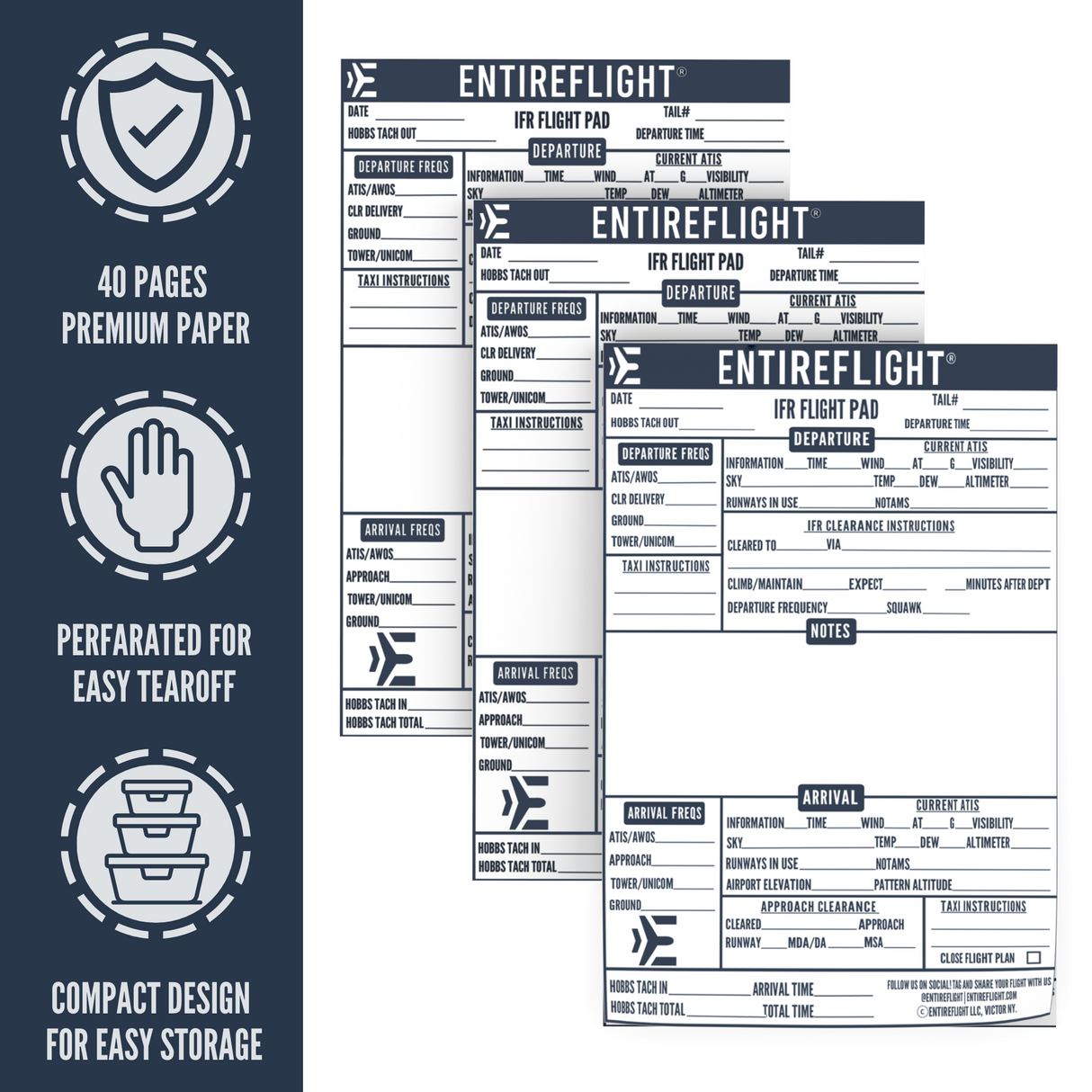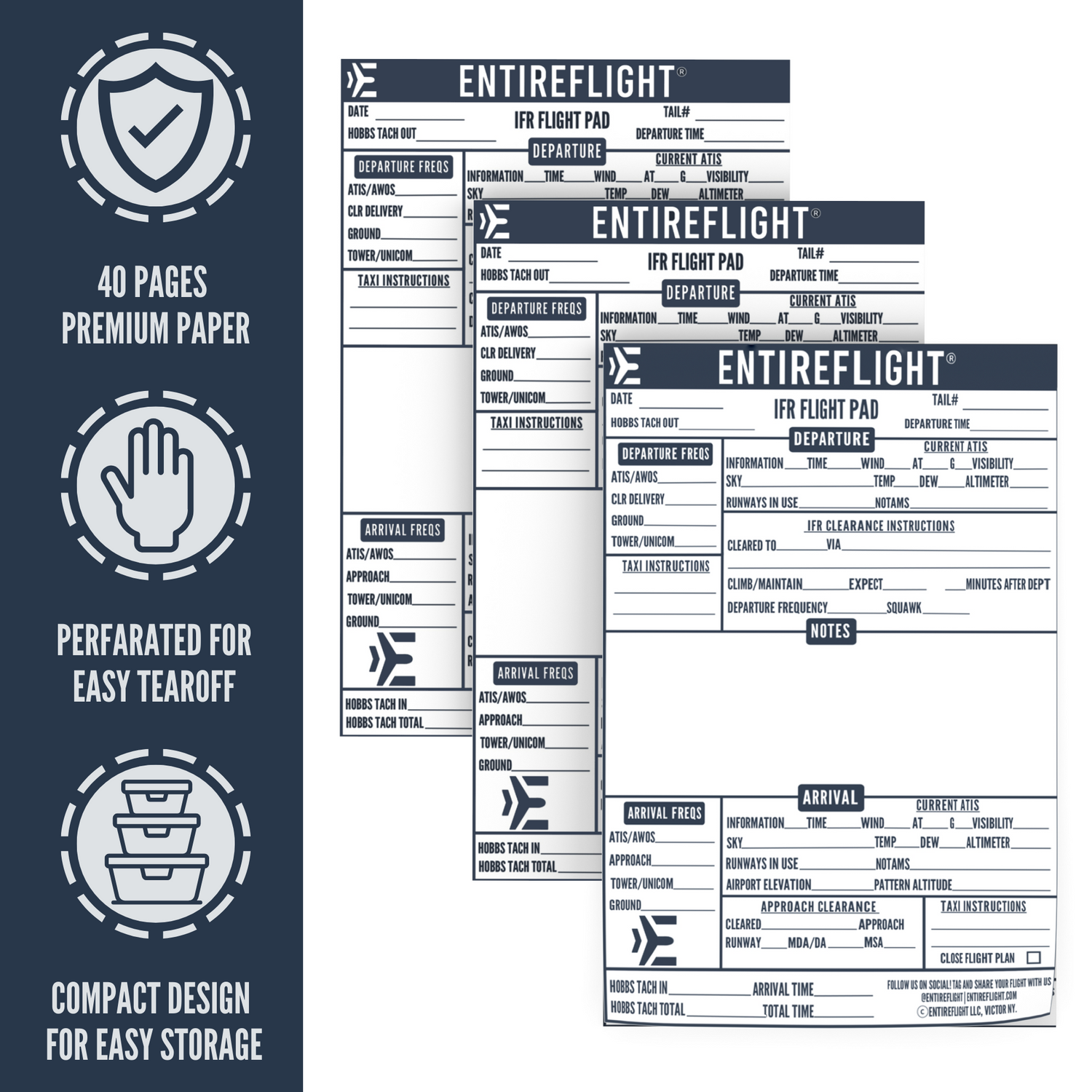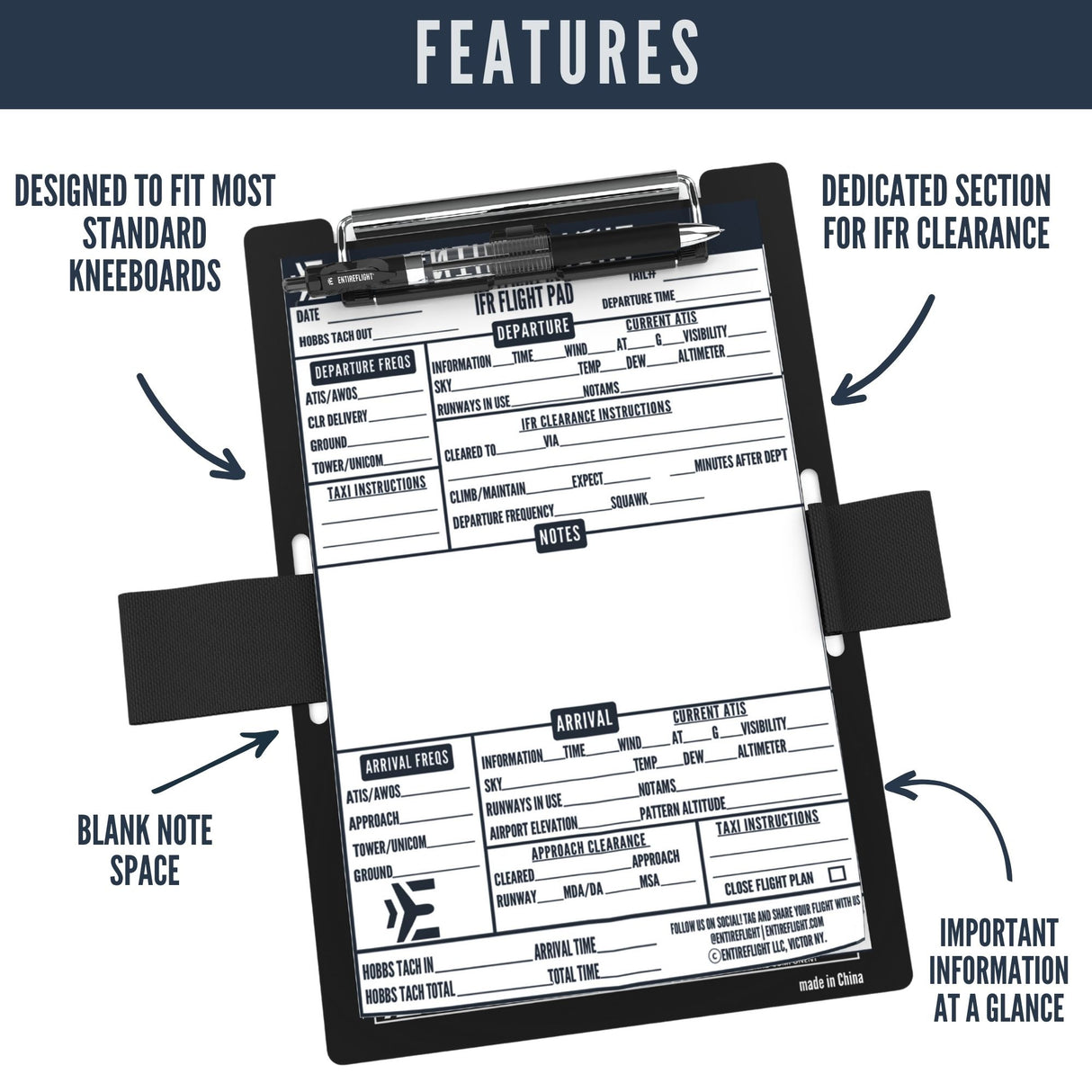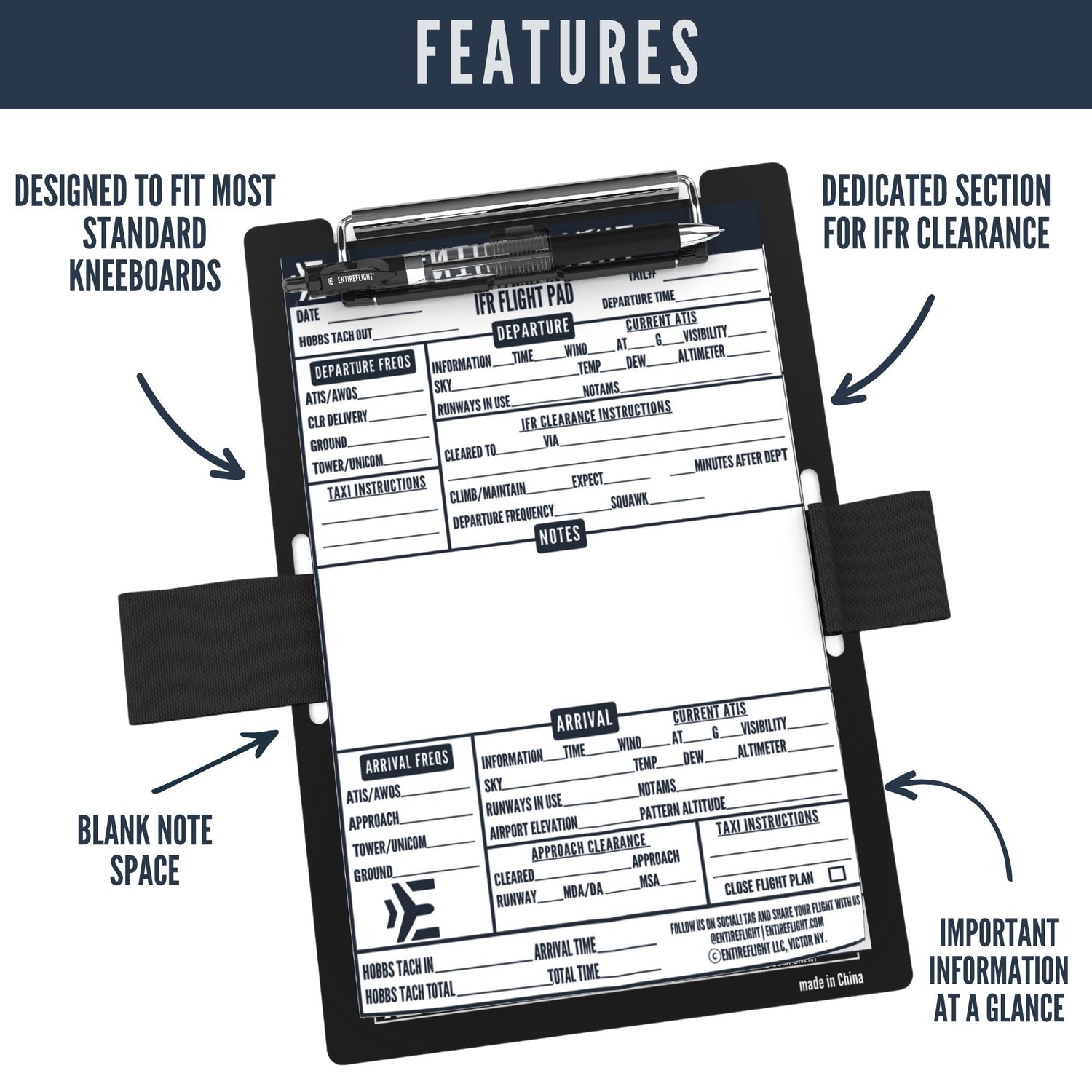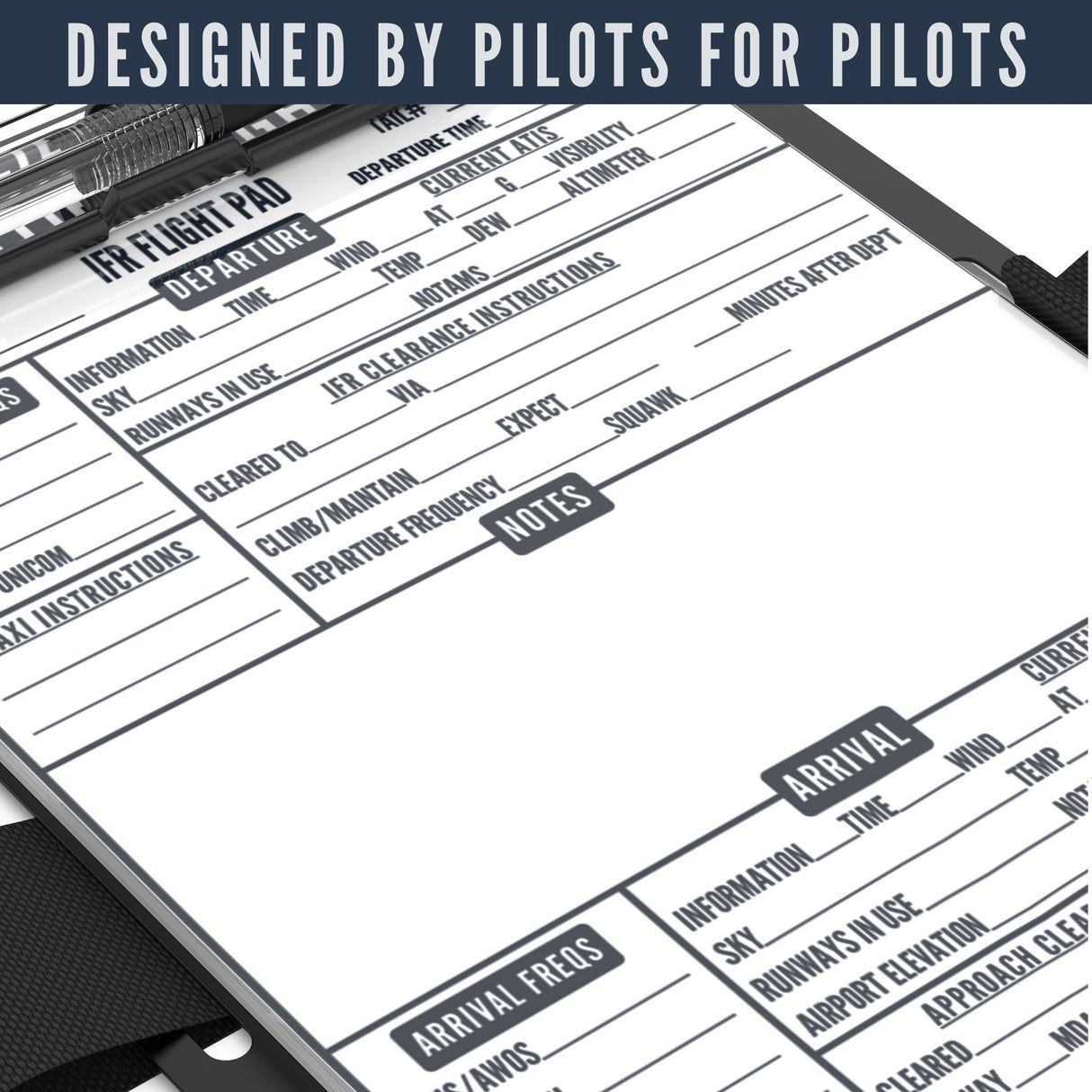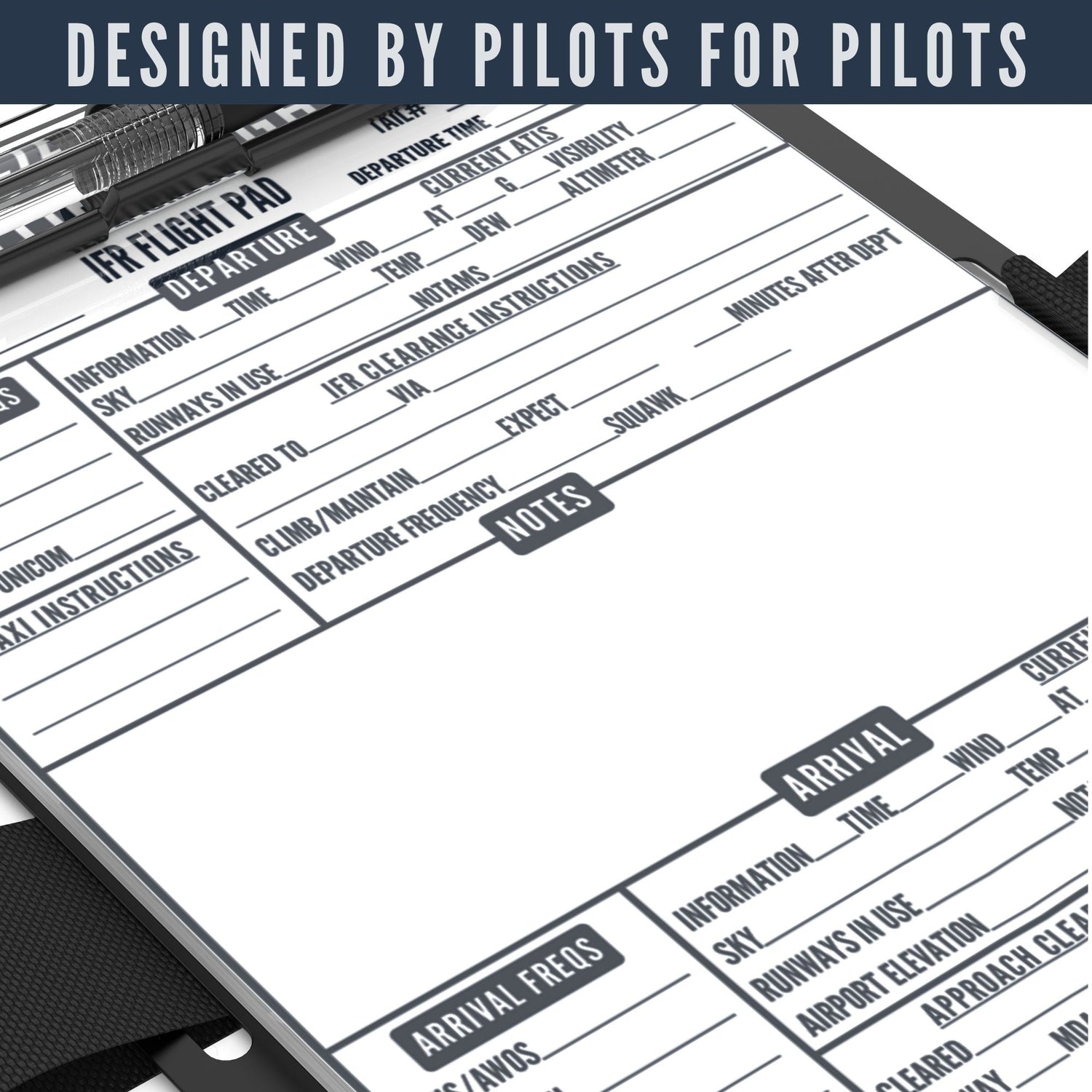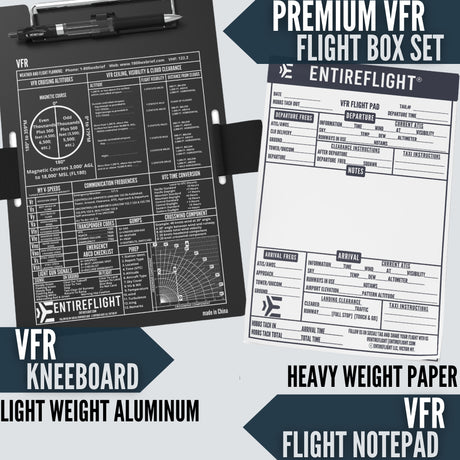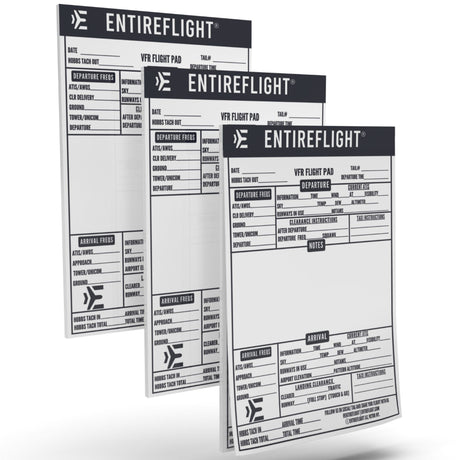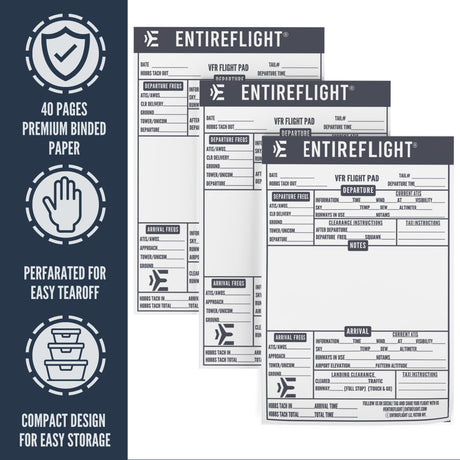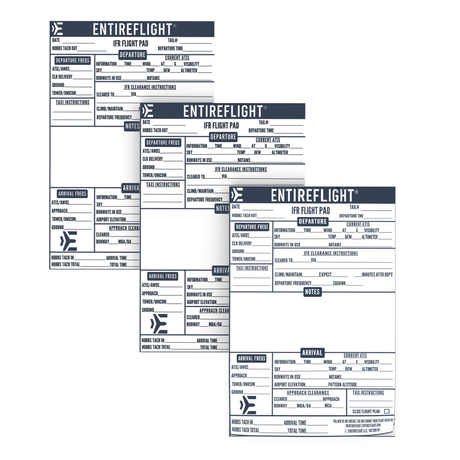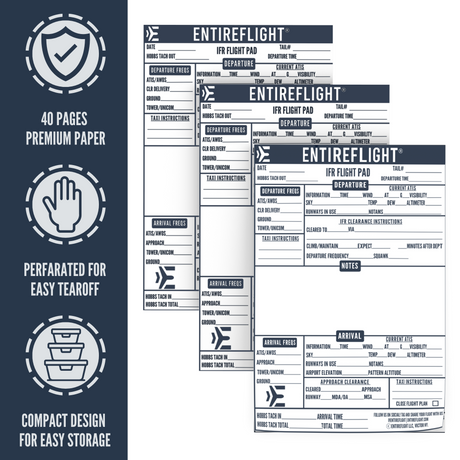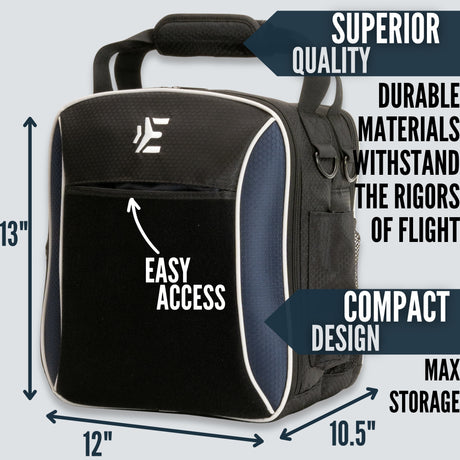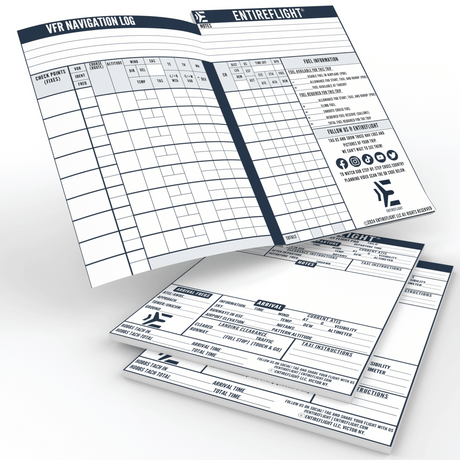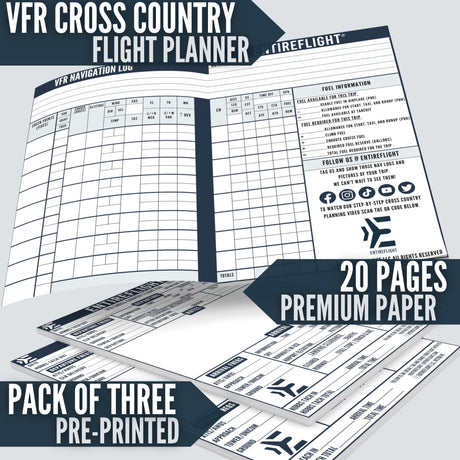Do you find yourself struggling to calculate the rate of climb and departure procedure climb gradient as a new pilot? It's a common stumbling block, but crucial for safe and efficient flights.
This guide simplifies these calculations, providing clear explanations and examples for each step in the process. Ready to demystify your flight planning? Let’s dive in!
Key Takeaways
- Calculating the rate of climb involves considering factors like ground speed and determining the climb gradient.
- Ground speed affects the rate of climb, with faster speeds requiring slower vertical speeds to maintain the climb gradient.
- The climb gradient is measured in feet per nautical mile and helps determine how much altitude is gained for every nautical mile traveled horizontally.
- Knowing how to calculate the climb gradient is crucial for safe departure procedures and avoiding obstacles during takeoff.
Understanding and Calculating the Rate of Climb
To understand and calculate the rate of climb, you need to consider factors such as ground speed and determine the climb gradient.
Ground speed and its relation to climb rate
Ground speed, typically measured in knots, plays a crucial role in determining the rate of climb for an aircraft. The faster your ground speed, the slower your vertical speed needs to be to maintain climb gradient.
Conversely, if you fly slower over the ground due to headwind or other factors, you need a higher vertical speed (rate of climb) to achieve the same climb gradient. Therefore, adjusting your aircraft's power and pitch controls appropriately as per changing ground speeds can assist novice pilots in maintaining accurate and consistent climb gradients throughout their flight.
Determining the climb gradient
To determine the climb gradient, you need to know your ground speed and rate of climb. The climb gradient is measured in feet per nautical mile, which tells you how much altitude you gain for every nautical mile traveled horizontally.
To calculate it manually, divide your rate of climb by your ground speed and multiply by 60 to convert it to feet per hour. Alternatively, you can use climb gradient tables specific to your aircraft type or consult performance charts provided by the manufacturer.
Knowing the climb gradient is essential for understanding departure procedures and ensuring obstacle clearance during takeoff. By accurately calculating the climb gradient, you can plan your flight more effectively and navigate safely through any potential obstacles along your route.
Departure Procedure Climb Gradient
Understanding and calculating the climb gradient is crucial for departure procedures. You need to know how to use climb gradient tables or calculate it manually to ensure a safe takeoff and ascent.
Importance of calculating and understanding climb gradient
Calculating and understanding climb gradient allows you to determine the rate at which your aircraft can climb in relation to its ground speed, ensuring a safe departure procedure.
By knowing the climb gradient, you are better equipped to plan your flight and assess any obstacles or terrain that may pose a risk during takeoff. Whether using climb gradient tables or calculating manually, having this knowledge is essential for successful aviation navigation.
How to use climb gradient tables or calculate manually
To determine your climb gradient, you have two methods at your disposal: using climb gradient tables or calculating manually. When using climb gradient tables, you can find the required climb gradient for a specific departure procedure based on factors such as ground speed and nautical miles per hour.
By referencing the table, you'll be able to quickly identify the necessary rate of climb in feet per nautical mile. On the other hand, if you prefer to calculate manually, you can use a simple formula: divide the rate of climb by ground speed and multiply it by 100 to get the percentage of climb gradient.’
This method allows for flexibility if detailed tables are not available or if adjustments need to be made during flight planning. Whether you choose to use tables or manual calculations, understanding how to determine your aircraft's required climb gradient is crucial for safe and efficient departures in accordance with aviation guidelines.
Conclusion
In conclusion, understanding how to calculate the rate of climb and departure procedure climb gradient is crucial for all pilots. By knowing your ground speed and using climb gradient tables or manual calculations, you can ensure a safe ascent during takeoff and avoid obstacles.
Make sure to always factor in nonstandard climb gradients when planning your flight. With this comprehensive guide, you'll have the aviation knowledge needed to navigate any aircraft with confidence.
FAQs
1 - What does calculating the rate of climb involve?
Calculating the rate of climb involves using a rule-of-thumb assessment to determine your airplane's climbing ability, especially important in models such as Cherokee.
2 - How is obstacle assessment related to departure procedure climb gradient?
Obstacle assessment is integral to departure procedure climb gradient calculation, helping pilots establish if their aircraft meets the minimum climb gradient and avoid potential barriers during ascent.
3 - What if my plane requires nonstandard climb gradient calculations?
When you own an airplane with specific characteristics -- like needing repair procedures or having a nonstandard climbing ability -- then careful instrument approach methods add precision to its calculated rate of climb and descent measures.

